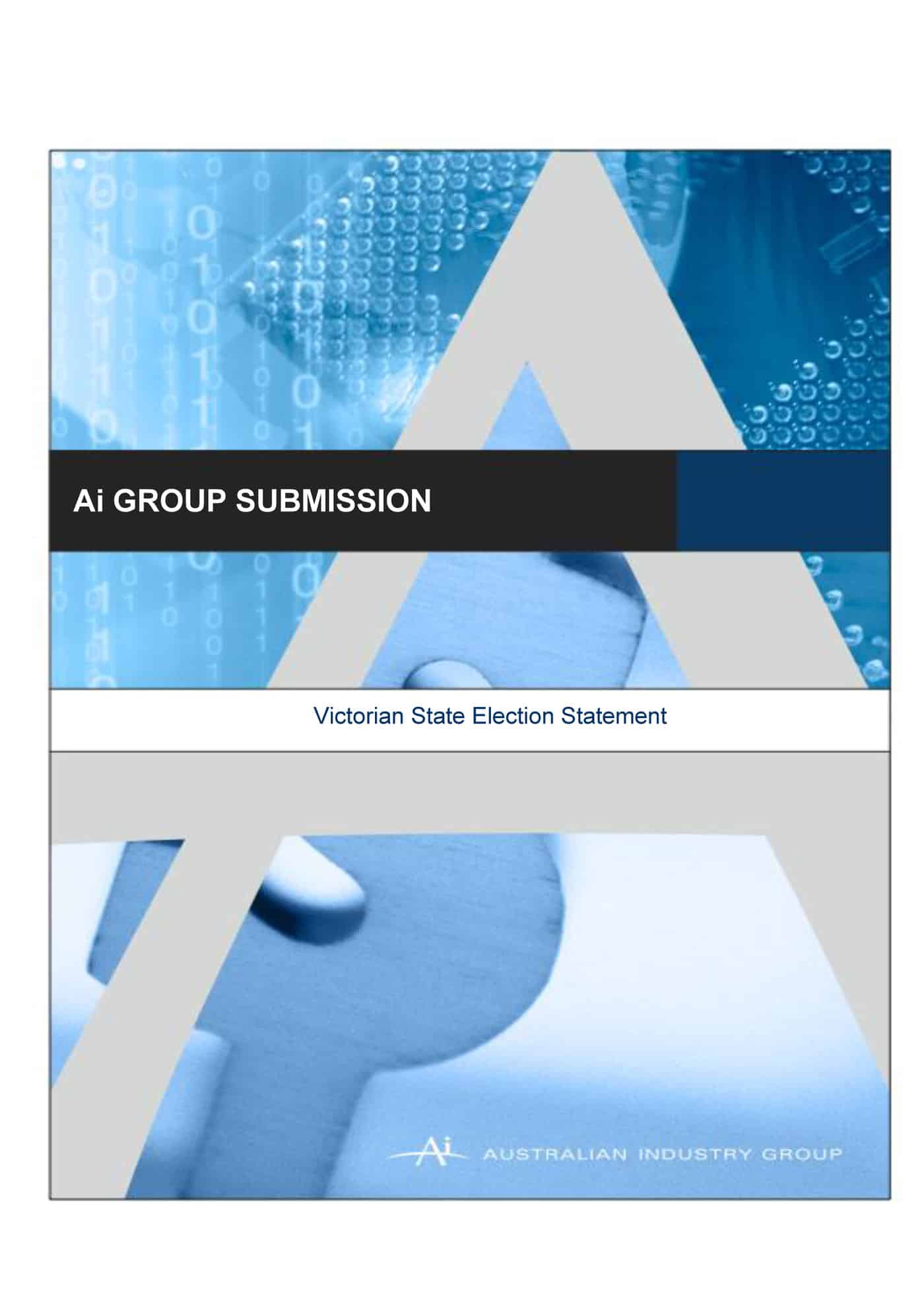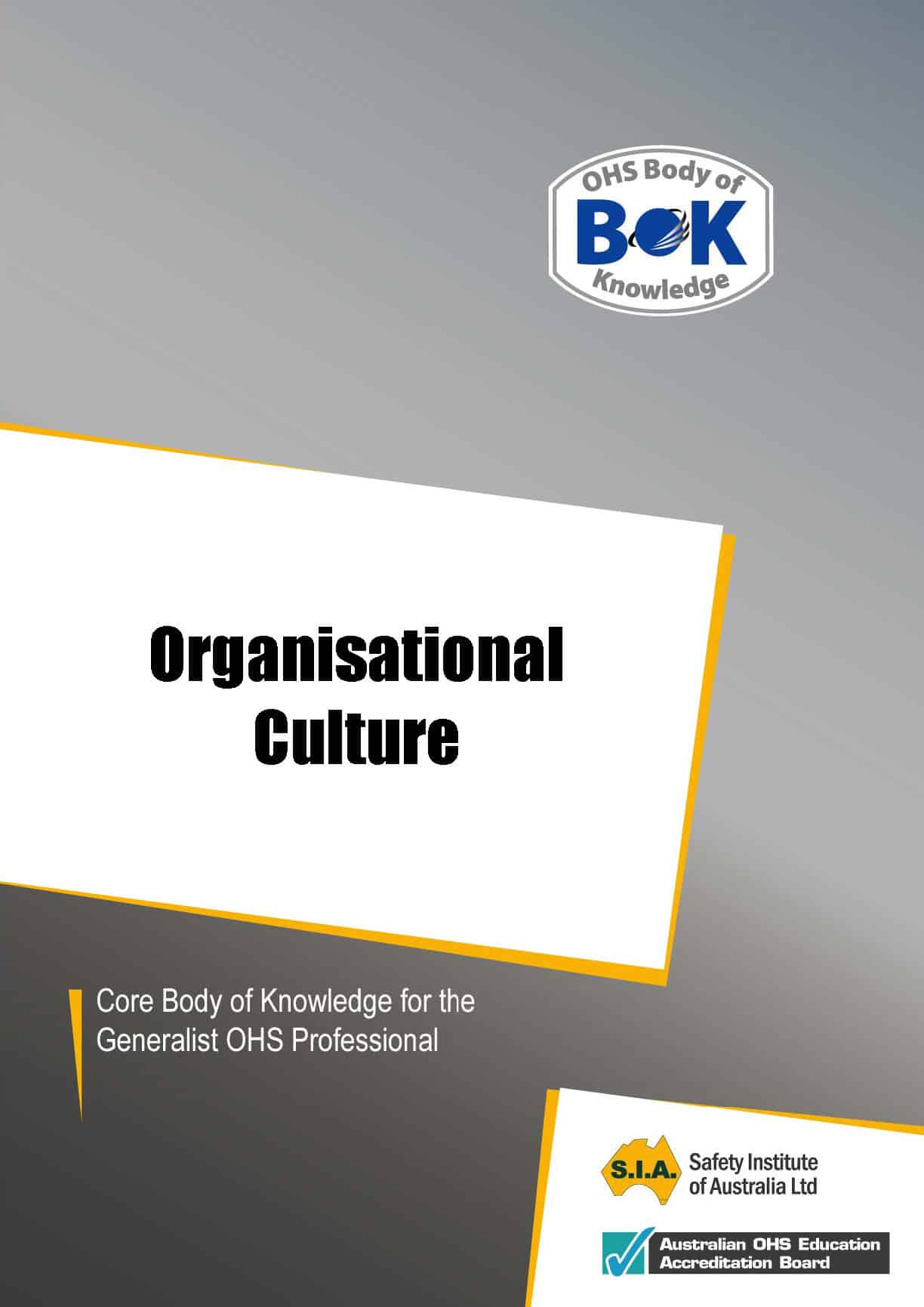 Later this month, Victoria is conducting its regular State election. Workplace safety has not been mentioned by any of the candidates but at least one industry association has mentioned occupational health and safety in its pre-election statement. The Australian Industry Group (AiGroup) has recommended
Later this month, Victoria is conducting its regular State election. Workplace safety has not been mentioned by any of the candidates but at least one industry association has mentioned occupational health and safety in its pre-election statement. The Australian Industry Group (AiGroup) has recommended
“The next Victorian Government should immediately commit to the harmonised OHS laws as the state remains the only jurisdiction not to do so.” (page 5)
The AiGroup does not expand on the reasons for this recommendation other than seeing OHS has part of its general call for harmonisation and that it is part of “reducing costs of doing business”. SafetyAtWorkBlog was able to fill in some of the AiGroup’s reasoning by talking, exclusively, with

